|
by Carly Lehnhart Glacier Valley Elementary, 2nd grade Artful Thinking has become such a natural part of my teaching. I have found that it sneaks its way into everything. I continue to be amazed at the engagement and effort that my students put in during and after a Thinking Routine. It brings the focus back to the process and emphasizes curiosity and critical thinking skills, which are two things that I strive to facilitate. One way in which Artful Thinking has made a huge impact for me and my students is in science. I have always used science notebooks as a way of recording our observations and findings, but this year, they have been a lot more successful. I am realizing that Artful Thinking is what I have to thank for that. My students are structuring their observations and notes in ways that are mirroring and combining a lot of the routines that we have tried. Without leading them in a formal routine, I find that they are using the language that has been modeled when they make notes in their science notebooks. Woohoo! I have been loving using Artful Thinking as an introduction to a unit to spark interest and identify our background knowledge, as well as at the end of units as assessments. This specific lesson was kind of in the middle. My students had just been to DIPAC to learn about mollusks. They had been introduced to what a clam was, gotten to see one, and had an overview of the parts. A couple of days later, a parent showed up in the morning with a bucket full of clams and asked if I wanted to use them. I obviously threw out the old plans and quickly came up with an idea of how to use them in my classroom. Artful Thinking immediately came to mind. I started out with a See/ Think /Wonder with this picture. This is a routine that we do A LOT.
I started the lesson doing a Looking 10 x 2 Thinking Routine. They immediately forgot about the picture, because a live clam on your table is way more interesting.
1st look: Quick and simple. They had about 3 minutes to write down words, phrases, or sentences about the clam in front of them. Some second graders struggled with this, so it turned out to be more like 5x2 for some. Here is an example of one students 1st look:
1 Comment
|
ArtStoriesA collection of JSD teachers' arts integration classroom experiences Categories
All
|
|
|
Artful Teaching is a collaborative project of the Juneau School District, University of Alaska Southeast, and the Juneau Arts and Humanities Council.
|
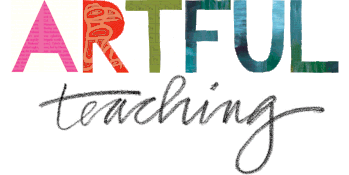
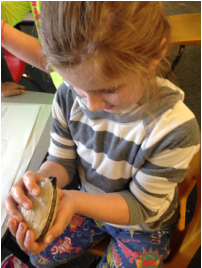
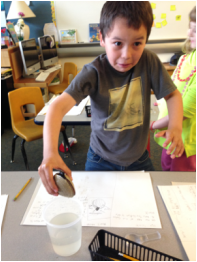
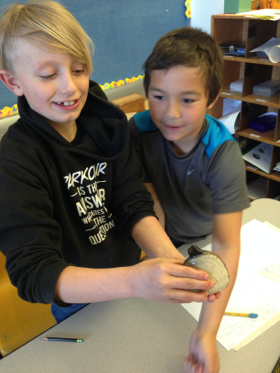
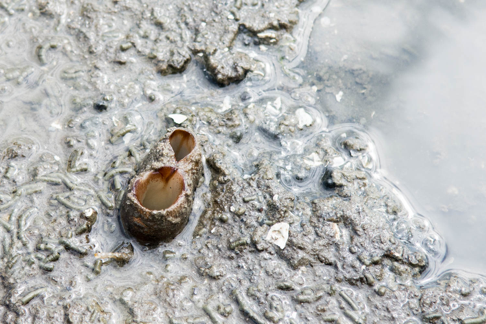
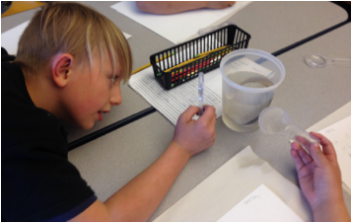
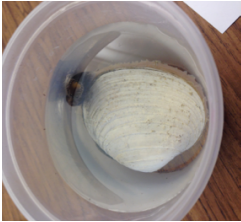
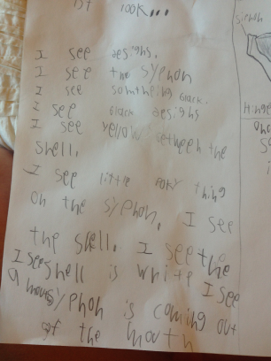
 RSS Feed
RSS Feed